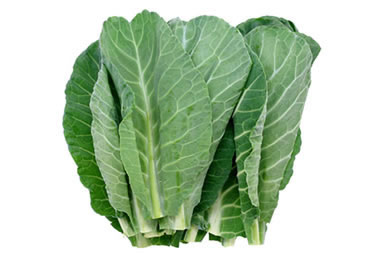|
In a recent 2010 Zagat Fast-Food Survey, Wendy's French fries came in at number four behind industry leader McDonald's, up-and-comer Five Guys and In-N-Out Burger. Perhaps that is why after 41-years, Wendy's has redesigned their fries. In an attempt to enhance flavor and texture, the new "natural-cut" fries include the skin and sea salt seasoning. They have been designed to be a hotter and crispier fry. The new 100 percent Russet potatoes made their nationwide debut a few weeks ago but they have just arrived in restaurants in our area. They seem to be another focus on wholesome ingredients to appeal to the nutrition conscious just as their new salads were earlier this year. So how do they measure up? The natural-cut fries from whole potatoes arrive at stores frozen so they are not like those you might find at Penn Station that are freshly cut onsite. They are cooked in a new oil combination to reduce exposure to allergens and ensure zero trans fats per serving. While sea salt is more natural and contains more minerals than standard iodized salt, it still provides sodium that can have negative effects on health when consumed in excess. Sea salt provides a different flavor and a less "salty" taste, which may or may not meet patrons taste expectations. Since the new fries end up being significantly higher in sodium per serving than the originals, Wendy's may have found they needed to use both types of salt to balance flavors. We tried the new fries here at the SparkPeople home office. Overall, people that liked Wendy's fries before, preferred the old version. Others felt there was a more noticeable potato flavor. Some parents had concern their children might not want them because of the skin. The salt flavor was favorable although there was a slight aftertaste noticed by several people. "It tastes like old oil," commented one taster. Nutrition Information Medium serving of new fries Calories – 420 (10 calories more than original fries) Fat – 20 grams (1 gram higher than original fries) Sodium – 500 mg (150 mg more than original fries) Carbohydrates – 54 grams (2 grams higher than original fries) Protein – 5 grams (1 gram more than original fries) Medium serving of original fries Calories – 410 Fat – 19 grams Sodium – 350 mg Carbohydrates – 56 grams Fiber – 5 grams Protein – 4 grams The Bottom Line The new fries were tested in five test markets around the country for the most of this year. They obviously did well enough to become the new nationwide fry of Wendy's. Use caution with the new fries just as you did with the originals since they are still a fried food that increases fat and calorie consumption. "Natural" refers to the type of cut as well as to the original source but since it is served in fried form, it does not make it the healthiest choice. Sea salt is a less processed form of salt but it is still salt all the same and something to be limited in most diets. Selecting a baked potato with reduced fat sour cream and chives provides 320 calories, 4 grams of fat and only 50 mg of sodium and is a much healthier source of potassium than the fried option. If the new fries are a must, stick with the value size (the smaller box pictured above) for just 220 calories, 11 grams of fat and 270 mg of sodium. Have you tried the new fries? What did you think? |
Popular Entries
More From SparkPeople |















